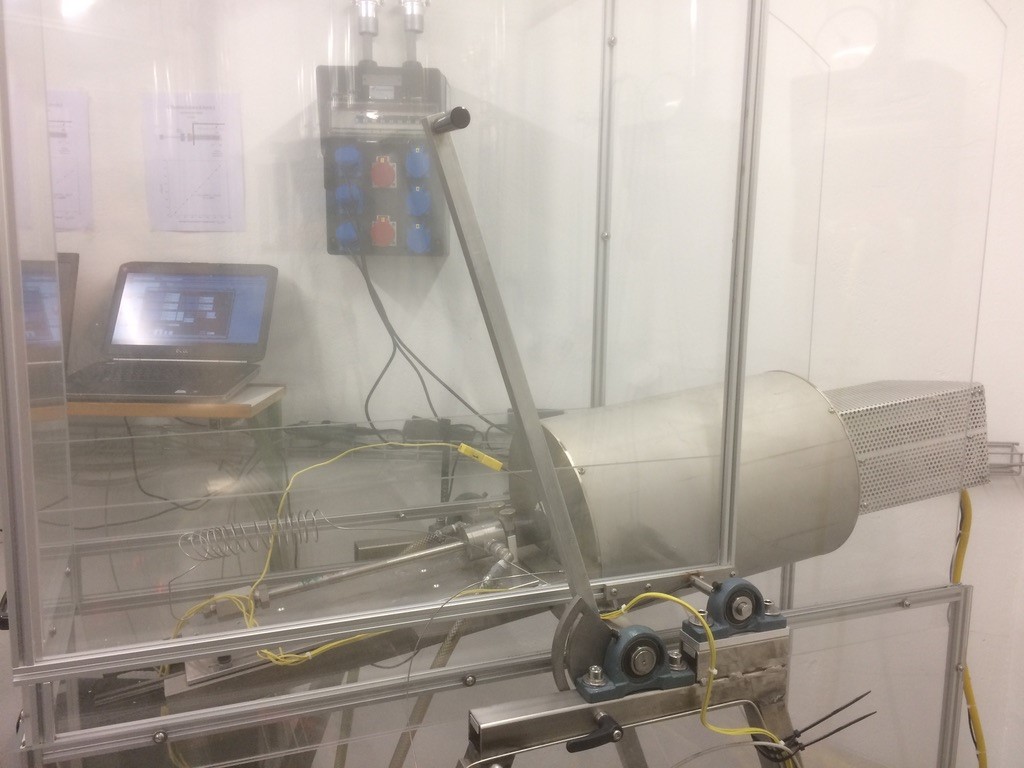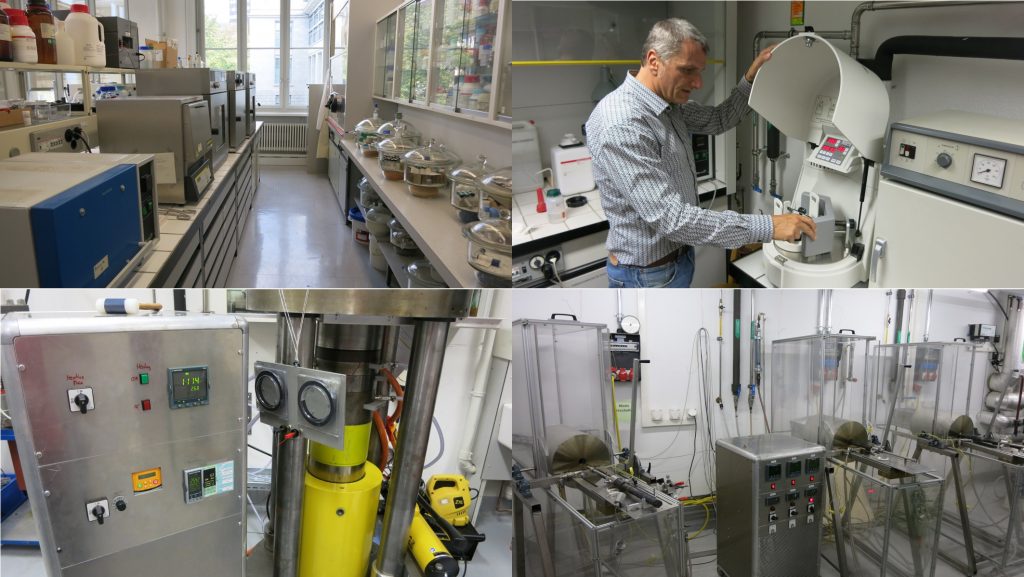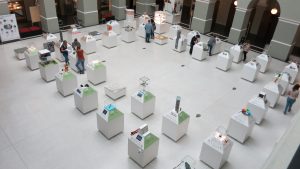Ville Virtanen’s resilient experimental work at ETH Zürich got the crown it deserves. Our study on the mobility of S and Cu in fluids forming in heated black shale and in magmatic assimilation has been published in Nature Communications and is freely available online:
Virtanen VJ, Heinonen JS, Molnár F, Schmidt MW, Marxer F, Skyttä P, Kueter N & Moslova K (2021) Fluids as primary carriers of sulphur and copper in magmatic assimilation. Nature Communications 12: 6609.
We had a very different idea of research when we were planning the experiments, but then something unexpected happened: copper had been lost from the sulphides and seemed to have traveled with the reduced fluid forming in the black shale! Such fluids may form and may have formed economically valuable copper sulphide deposits this way, for example in the 1.1 Ga Duluth complex in Minnesota, USA. This is a great example of how basic research functions – many important discoveries are made by accident. Nature finds it way…
This is the last update to this blog and we thank all the visitors! Although the project now officially closes, there are still many manuscripts that are being reviewed or in preparation that bear the fruits of PALIN. These will be updated to the publication log after acceptance so you can still check them from there! All the best and cheers!
—
Ville Virtasen periksiantamaton kokeellinen työ Sveitsin valtiollisessa teknillisessä korkeakoulussa (ETH Zürich) sai ansaitsemansa kruunun. Tutkimuksemme rikin ja kuparin liikkumisesta lämmitetyssä mustaliuskeessa muodostuvissa kuumissa liuoksissa ja magmaattisessa assimilaatiossa on julkaistu sarjassa Nature Communications ja on avoimesti saatavilla:
Virtanen VJ, Heinonen JS, Molnár F, Schmidt MW, Marxer F, Skyttä P, Kueter N & Moslova K (2021) Fluids as primary carriers of sulphur and copper in magmatic assimilation. Nature Communications 12: 6609.
Meillä oli hyvin erilainen tutkimusidea kokeita suunnitellessamme, mutta sitten kokeissa tapahtuikin jotain odottamatonta: kupari oli hävinnyt mustaliuskeen sulfidimineraaleista ja oli nähtävästi matkannut lämmitetyssä näytteessä muodostuneiden pelkistyneiden kuumien liuosten mukana. Kupari ja rikki voivat näistä liuoksista saostuessaan muodostaan taloudellisesti merkittäviä mineralisaatioita ja näin on todennäköisesti tapahtunutkin esimerkiksi 1,1 miljardia vuotta vanhassa Duluthin magmaattisessa kompleksissa, joka sijaitsee Yhdysvaltain Minnesotassa. Tämä on upea esimerkki siitä, miten perustutkimus toimii ja miksi se on tärkeää – monet merkittävät tieteelliset löydöt tehdään vahingossa ja sattumalta, kun tutkitaan tai kokeillaan jotain mielenkiintoista. Luonto löytää polkunsa…
Tämä on tämän blogin viimeinen päivitys ja kiitämme kaikkia vierailijoita! Vaikka projekti nyt virallisesti päättyykin, on vielä monia PALINin hedelmiä kantavia käsikirjoituksia arviossa ja tekeillä. Näitä tullaan vielä hyväksymisen jälkeen päivittämään jonkin aikaa projektin julkaisuluetteloon, joten voit tarkastaa viimeisimmän tilanteen sieltä. Kaikkea hyvää ja näkemisiin!





